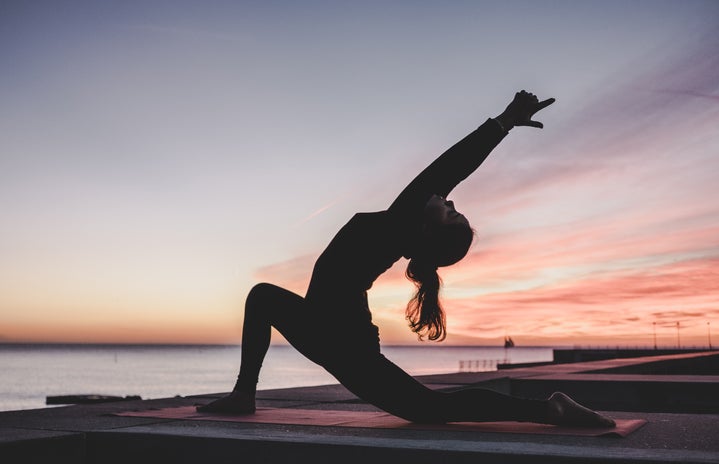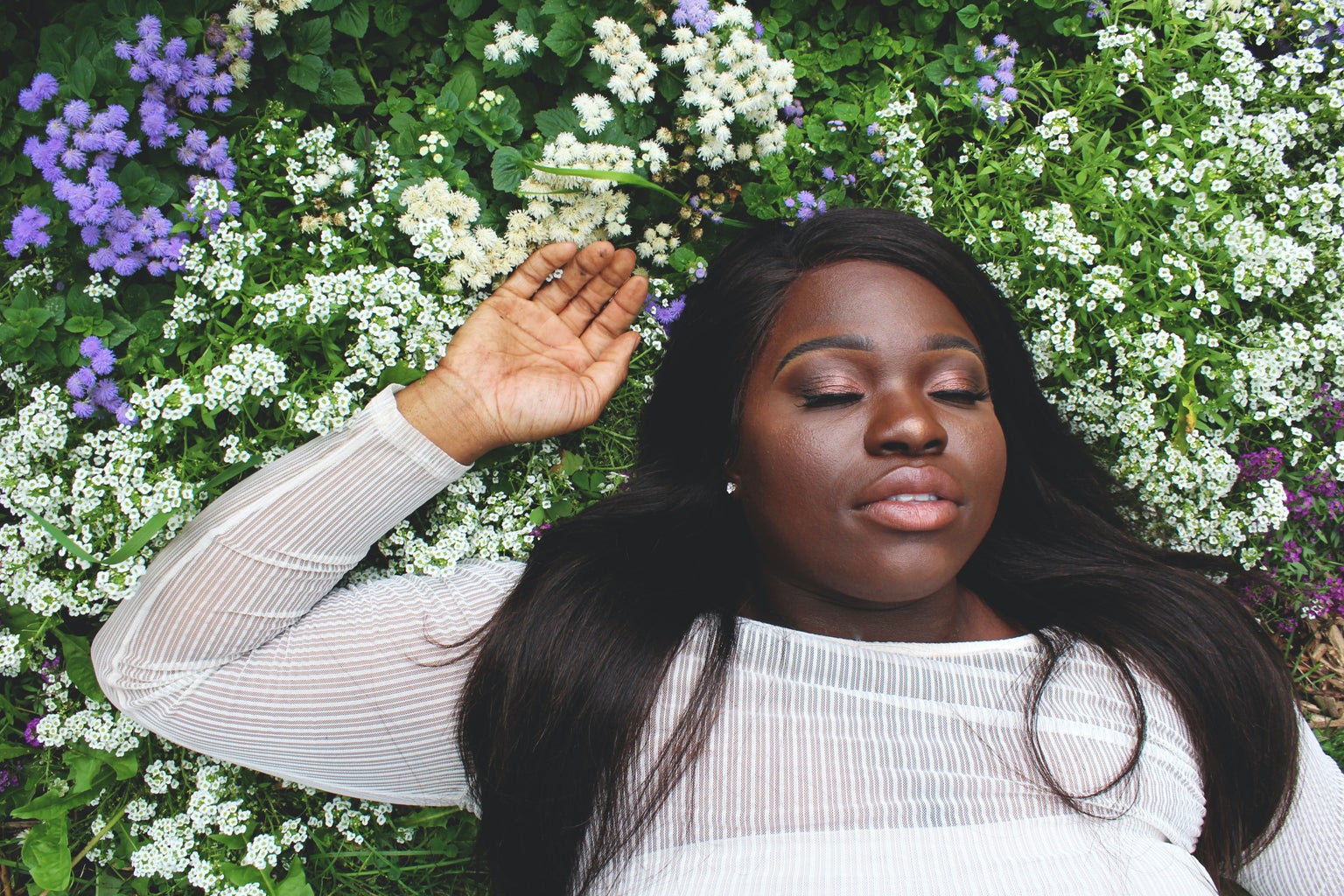I’ve sat in a seat squirming while trying to turn my brain off too many times to count. Mindfulness started creeping its way into school and day-to-day life when I was in high school and has been on the rise in Western popular culture since the 90s. When mindfulness was still new to me, the idea of slowing down your breath and thoughts while being aware of your body seemed like the perfect way to reset during a busy day.
However, my early experiences practicing “mindfulness” were through a school-focused lens. Some of my teachers would begin class with a darkened room and a five-minute timer as we closed our eyes and focused on breathing. The feeling of being in a classroom never really left, and mindfulness began to feel like a silly exercise to get through while trying not to breathe too loud in front of your entire class. You know that after those five minutes, you’ll go right back to stress, thoughts, and school.
The idea of shutting down your brain is often too good to be true. Various guided meditations across the internet have taught the idea of recognizing when your thinking is off-track and gently guiding yourself back to focus. Not thinking about the test you have or the homework you have to do is difficult enough, but you also have to be able to catch yourself getting off track. A practice that should have been calming became stressful to me — my ADHD brain would have difficulty not squirming, thinking, or focusing on only breathing for any extended period of time. Even without a hyperactive brain, mindfulness can feel more like wishful thinking than a real tool.
However, a huge shift occurred for me when I finally realized that mindfulness is not a strict practice or a specific pose. In reality, mindfulness can be whatever you want, whether it’s paying closer attention to an activity, working on guiding away repetitive thoughts, noticing when your attention lapses, or even doing a quick body scan. I viewed meditations and mindfulness as synonyms, but mindfulness is not just sitting still and slowing your thinking.
I’ve finally found ways to incorporate a practice that once felt so unachievable for me. Now, I focus on how my body feels during a workout or how my feet impact the ground beneath me when I run or walk. Sometimes I just take five deep breaths before an exam, without worrying about counting inhales and exhales or keeping my mind rigidly focused. I’ve been with friends, at the beach, or just outside and have taken a few moments to focus in on all of the physical and emotional feelings I have at that very moment. Incorporating mindful activities into your day is so much easier than I ever realized.
There is no right or wrong way to be mindful and it looks different for everyone. The most important thing that all types of mindfulness have in common is just noticing how your body or mind feels at a certain moment. There are no “rules” or being “bad” at mindfulness — recognizing that you have difficulty paying attention is being mindful!
Practices like yoga, meditation, and mindfulness are meant to help you relax, not stress you out or feel like you have to follow guidelines in order to be doing it “right.” Sometimes, taking a step away from everyone else’s definitions of mindfulness is exactly what you need in order to discover what grounds you.
Can’t get enough of HC UMass Amherst? Be sure to follow us on Instagram, listen to us on Spotify, like us on Facebook, and read our latest Tweets!




